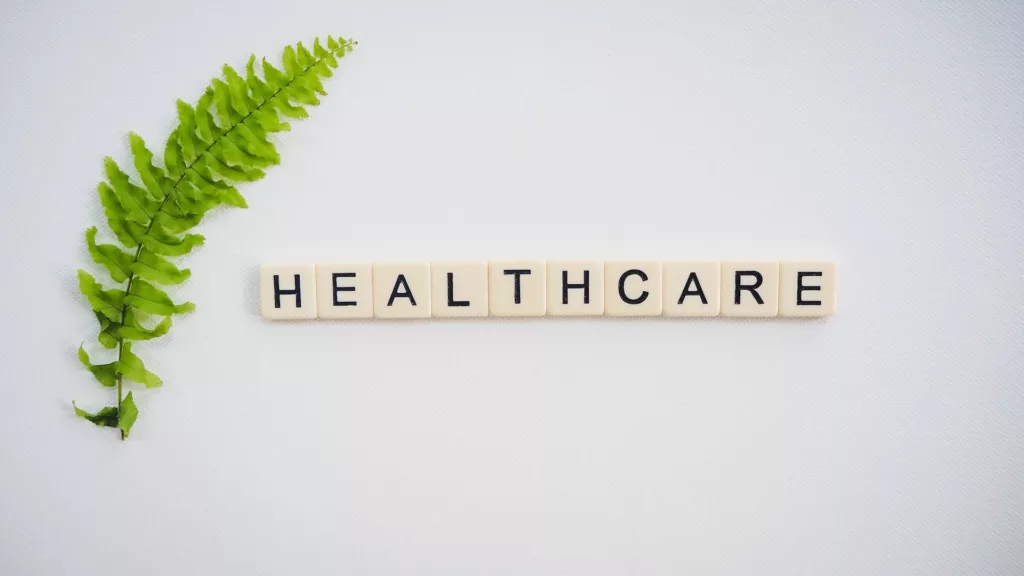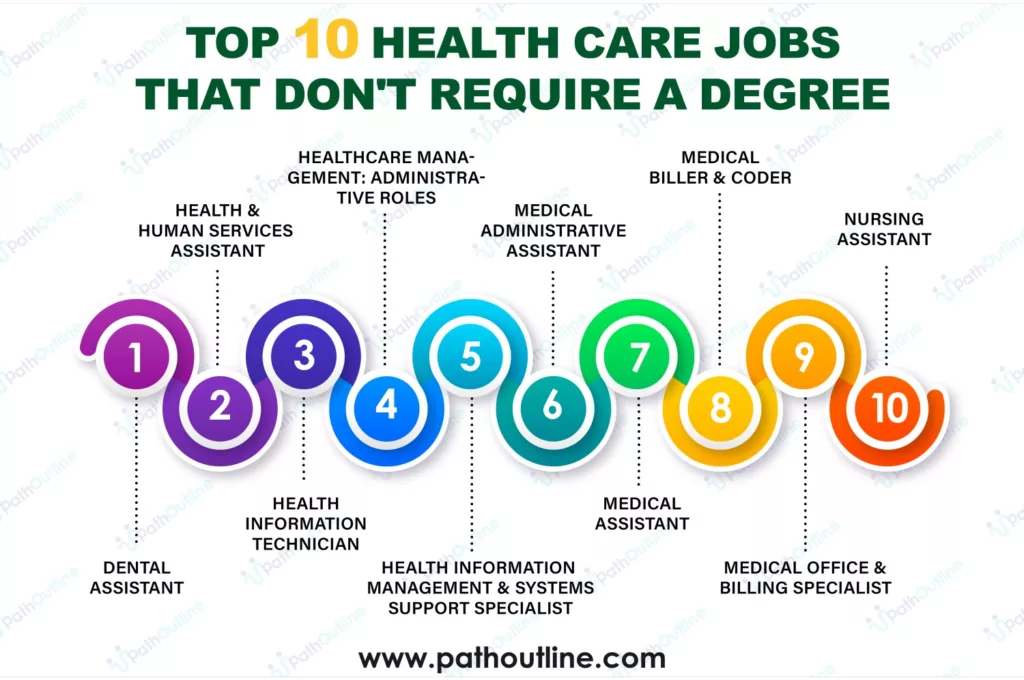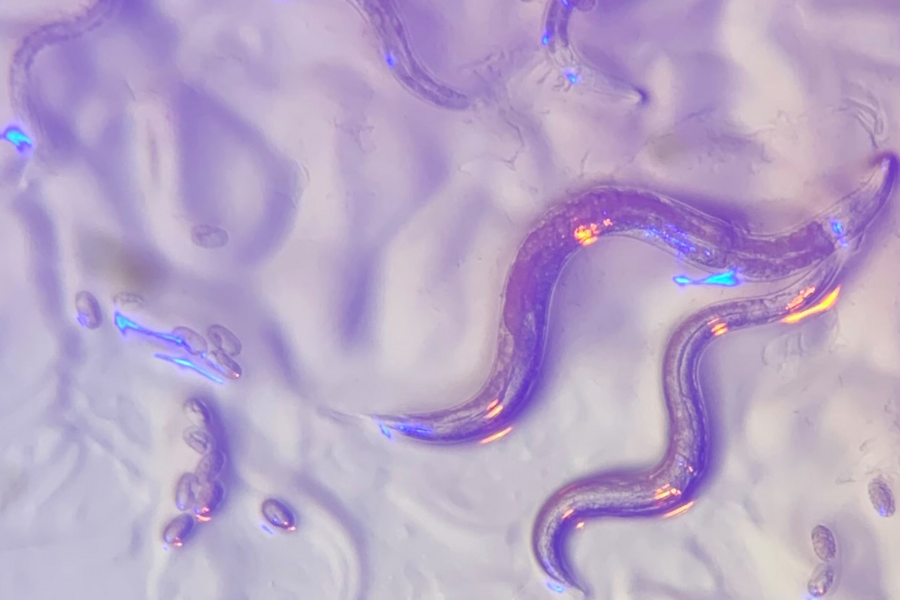The health care industry has been undergoing lots of transformations and development for centuries. The industry entails a wide variety of resources and services that are after improving an individual’s health help in treating and prevention of diseases and illnesses. The healthcare industry has become increasingly complex due to the high number of stakeholders involved such as healthcare professionals, patients, insurance companies, the government and several other organizations.
In this article, we are going to be explore what health care is, key components of health care, the role of technology in health care and health care legislation and regulation.
What is Health Care?
Health care refers to a general term that is used in describing a wide range or resources and services that aims at maintaining and promoting health, preventing and treatment of illnesses, diseases and injuries. Healthcare entails lots of activities such as medical research, diagnosis, treatment and rehabilitation.
There are a wide range of professionals who are involved in the healthcare industry. Some of the common professionals are the nurses, doctors, therapists, dentists, pharmacists and much more. They work are different settings such as clinics, hospitals, community health centers and private practices to deliver healthcare services to their patients.
Healthcare systems are dynamic and complex and are influenced by different factors such as technological advancements, demographic changes, social and cultural factors and economic factors. Healthcare systems strive at providing equitable access to different healthcare services, ensuring high care quality and improving overall health outcome for the entire population.
Key Components of Health Care

According to World Health Organization research findings, primary health care is capable of addressing between 80 to 90% of the entire world population’s health requirements. This makes it an important component of any healthcare system.
So, what is primary healthcare? What are its key components?
Primary health care helps in addressing the needs of families, individuals, and communities. It entails a wide range of services such as proper nutrition, health education, control and prevention of endemic diseases. Provision of essential drugs, treatment of communicable diseases and maternal and child healthcare are also key components of a healthcare system.
Implementing a comprehensive primary health care program will ensure humans are capable to provide for their families and communities. This will in turn help improve health outcomes together with the cost of health care services.
In this section, we will be explaining some of the key components of a health care system.
Health Education
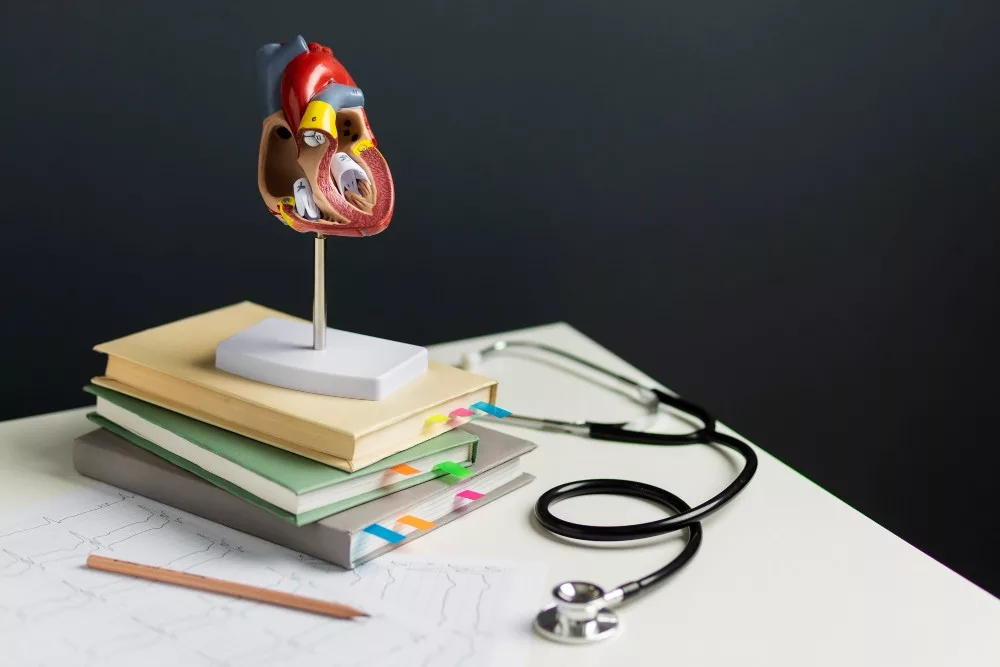
It is important that individuals get empowered to take charge of their health. Health education is of great benefits as it helps people to understand how to manage and prevent all types of illnesses. It also enables people to make healthy lifestyle decisions and easy access to health care services.
For example, a government can decide to set up a number of health education programs to help promote good health care behaviors and increase awareness about health issues. A perfect example of such program is the National Health Mission which strives at improving accessibility and availability of quality health care services in remote regions through health education.
The health education curriculum includes the following:
- Planned progression of developmentally appropriate lessons or any learning experience that can lead to attaining health objectives.
- Set of learning objectives and outcomes that relate directly to the students acquisition of any health related skills, attitudes and knowledge.
- Continuity between learning experiences and lessons that reinforce maintenance and adoption of particular health enhancing traits.
- Material or content that relates with the learning sequence and assists both students and teachers in meeting their learning objectives.
- Assessment strategies to help in determining if the students have attained the right learning standards.
Proper Nutrition

It is important to maintain an excellent health and prevent diseases. Some of the major components when it comes to nutrition include nutrition education, counseling and support to help ensure all individuals have access to a balanced diet.
For example, malnutrition is an important health issue that has a 22% prevalence among kids below five years.
To help in addressing these issues, various programs such as the National Nutrition Mission and the Integrated Child Development Services have been put in place to help offer nutrition education, counseling and support to those who are vulnerable.
Components of a Healthy Diet

With lots of conflicting information online, it is quite challenging to know how to eat healthily and stay in excellent shape. For instance, there is information that claims doing away with fat and sugar is a sure way of staying excellent. Other sources claim the amount of calories consumed is the most important thing one should consider. The US Department of Agriculture together with the Department of Human and Health Services collaborate to come up with a dietary guideline of all their citizens.
Important Tips for Proper Nutrition

Depending on the USDA and HHS dietary guideline for the United States citizens, every individual needs to reduce the amount of refined grains, Tran’s fats, added sugar, sodium, saturated fats and cholesterol in their diet.
They should instead consume foods that are free from fat, whole grains, vegetables, fruits and low fat dairy. They should also ensure that they feed on the right amount of calories and take part in physical activities.
The Food Pyramid

According to USDA, humans need to feed on a wide variety of foods in particular amounts to help optimize their health. Some of the foods include grains, vegetables, fruits, protein and dairy products.
- Vegetables and Fruits: Any diet that is rich in vegetables and fruits will help reduce the risk of stroke, heart attack and certain cancer types. According to USDA, it is advisable for humans to always fill half of their plate with vegetables and fruits.
- Grains: Feeding on whole grains will help with management of weight. It also reduces constipation and reduces heart disease risk. According to USDA, people should ensure they make at least half of their grains whole grains.
- Protein: Protein is an essential component for good health. However, it needs to be consumed in limited amounts. According to the USDA, protein consumption should range between 2 to 6 ounces of protein every day depending on your gender and age.
- Dairy: Consumption of dairy products help in reducing the risk of developing cardiovascular diseases, type 2 diabetes and osteoporosis. However, there are several dairy products which have high amount of fats. It means they can cause weight gain and several other health issues. To ensure effective use, USDA recommends humans to consider using low fat products.
- Apart from feeding on right amount of food from every category, the dietary guideline does recommend humans to east as many whole and unprocessed foods as possible. This will help reduce exposure to additives.
- Water: Have you ever heard people argue on the number of days they can live without food? Very few will argue on how long they can live without water. That alone explains who important water is to humans. Water is involved in several of the human body functions and helps in distribution of other nutrients to body cells.
According to the Institute of Medicine recommendation women should take 91 ounces of water on a daily basis while men should consume up to 125 ounces of water per day. However, 20% of the water should come from the foods while the remaining 80% should be from drinking water.
Prevention and Control of Locally Endemic Diseases
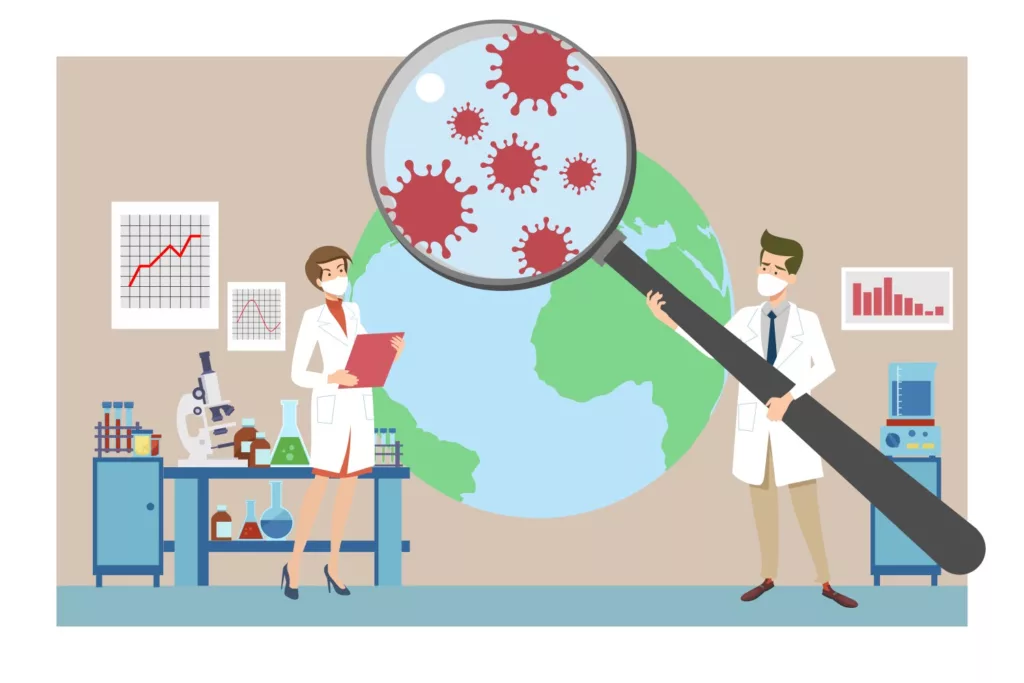
Prevention and control of locally endemic diseases involves early detection, diagnosis and treatment of disease that are prevalent in your region. A good example is malaria which is a prevalent disease in several regions in India. The government has decided to put in place several program to help control and prevent spread of malaria. A perfect example is the National Vector Borne Disease Control Program that is responsible for providing insecticide treated bed nets and indoor residual spraying to help in reducing malaria transmission.
Provision of Essential Drugs

The provision of essential drugs is an important component of healthcare as it ensures people do have access to important medicines that are effective, safe and affordable. Governments of the day are using the Jan Aushadhi Scheme to avail affordable generic medicines to its citizens. The scheme has managed to help increase access to important drugs and help reduce the financial burden on its citizens.
The essential drugs are those medicines that satisfy the healthcare needs of the population. Such drugs are capable of reducing suffering, saving lives and improving health. They are chosen depend on the public health relevance, disease prevalence, comparative costs and evidence of the clinical safety and efficacy. The increasing need of important drugs due to the increasing burden of diseases is stretching countries budget and pharmaceutical systems. It means, more resources will be needed for timely and reliable delivery of quality assured medicines together with the right utilization.
To help in addressing the ever growing need, governments need to ensure proper use of resources that people can use. They need to protect the public from use of counterfeit drugs and ensure there is increase access to medicines while maintaining costs and ensuring efficient and quick supply chains and rational use of drugs.
One of the Sustainable Development Goals is ensuring there is access to effective, safe and quality drugs and vaccines for all. This helps in achieving universal health coverage.
The WHO is working on improving access to important drugs based on the following components:
- Improving rational selection and use of drugs
- Strengthening national regulatory systems
- Developing policy and strengthening Pharmaceutical systems
The first component on rational selection and use of drugs solve the issue of evidence based selection of important drugs and rational drug use.
The second component entails support for regulations together with quality assurance and monitoring of falsified and substandard drugs.
The last component involves supporting countries to develop drug policies and help strengthen pharmaceutical systems for supply management, evidence based selection, procurement, price control and financing. It also comprises of support to countries to accept and implement international standards and norms and help ensure access to drugs in light of intellectual property regimes and international trade agreements.
The Role of Technology in Health Care

The role of technology in the health care industry has completely transformed the way we look at hospital management, patient care, innovation, and the discovery of better and modern treatment techniques and predicting treatment course.
In this section, we will be taking you through the important roles technology is playing in the healthcare sector.
What is Healthcare Technology?
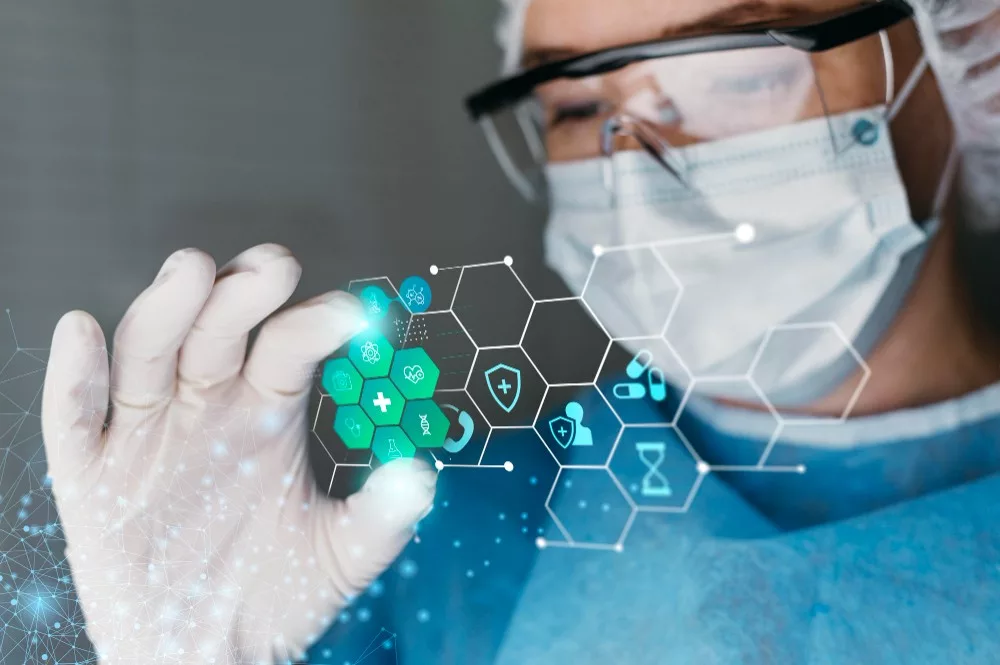
Healthcare technology refers to the use of software or any other IT device to boost hospital and administrative productivity, offer new insights into treatment and medicine and help in improving the overall healthcare quality.
According to recent research statistics, the healthcare industry is considered to be a $2 trillion behemoth. Despite being weighed down by red tape and crushing costs, the industry is after ways on how to improve in almost every imaginable area. This is where health tech comes in. Today, technology infused tools are being integrated with every healthcare experience step to help counteract two important trouble spots: Efficiency and quality.
The use of technology in the healthcare industry is deeply rooted from artificial intelligence (AI) the Internet of medical technology (IOMT) to deep learning. The use of technology in the healthcare sector is today paving the way to offering quick care management whenever there are emergencies. It use helps in reducing causalities by offering real time access to the history of patients and fast care management.
Here are some of the technology roles in the Healthcare industry:
Easy Access to Big Data and Patient Information

Data accessibility, storage and processing are a huge success in the technological era. The data capture systems; internet, search features and capability of healthcare experts to share information have made data analysis and synthesis easier.
Huge data in the healthcare industry allows the entire sector to gain from comprehensive research studies. They are capable of accessing larger and more diverse population groups than ever before. They are also capable of existing studies from comprehensive meta-analyses.
The innovation enables medical experts to stay up to date with all the health care trends, technologies and techniques. It will help to identify risk factors and recommend the right preventative treatment by making comparison of the patient data. This helps in reducing costs and improving life quality.
Right data will help in improving health care operations and patient care. For example, Intel did work together with the Largest Hospital in Europe to develop a solution that will help predict the number of patients expected to be in the hospital every hour and on a daily basis. This enabled the hospital to plan appropriately for the patient loads. The hospital administration is in a position of allocating enough resources to ensure less patient wait times and great patient care.
Today, medical professionals are accessing different online business intelligence platforms that help in making data decisions. The platforms house a patient’s medical history and also use predictive tools to offer recommendations like those who are at risk of certain types of diseases and the necessary preventive steps.
Ultrasound Technology:

Ultrasound technology is a cornerstone of modern healthcare, offering numerous benefits across medical fields. Its non-invasive nature makes it an invaluable tool for diagnosing a variety of conditions, from prenatal screening to tumor detection and assessing heart health. With real-time imaging capabilities, doctors can visualize internal organs and structures in extraordinary detail, aiding in accurate diagnosis and treatment planning.
Additionally, ultrasound-guided procedures reduce the need for invasive surgeries, reducing patient discomfort and recovery times. Moreover, its portability allows for on-the-spot diagnosis, particularly in emergency settings or rural areas where access to specialized imaging equipment may be limited. Overall, ultrasound technology revolutionizes healthcare by providing safer, more efficient, and patient-centered diagnostic and therapeutic solutions.
Know More About How to Become an Ultrasound Technician?
Improves Communication

Just like other organizations, health care organizations also experience ineffective communication between different departments and staff. However, the use of technology in the health care industry has facilitated smoother, faster and effective communication among different departments and staff members.
With technology, medical professionals and staff can now communicate via video or emails and take part in online discussion platforms. The use of technology has also made it possible for electrical medical records to be accessible to relevant care providers and departments. All these have led to better treatments, case management and patient recovery. There has been better communication between the medical and non-medical staff especially those working in different locations or departments.
Integration of Medical Records
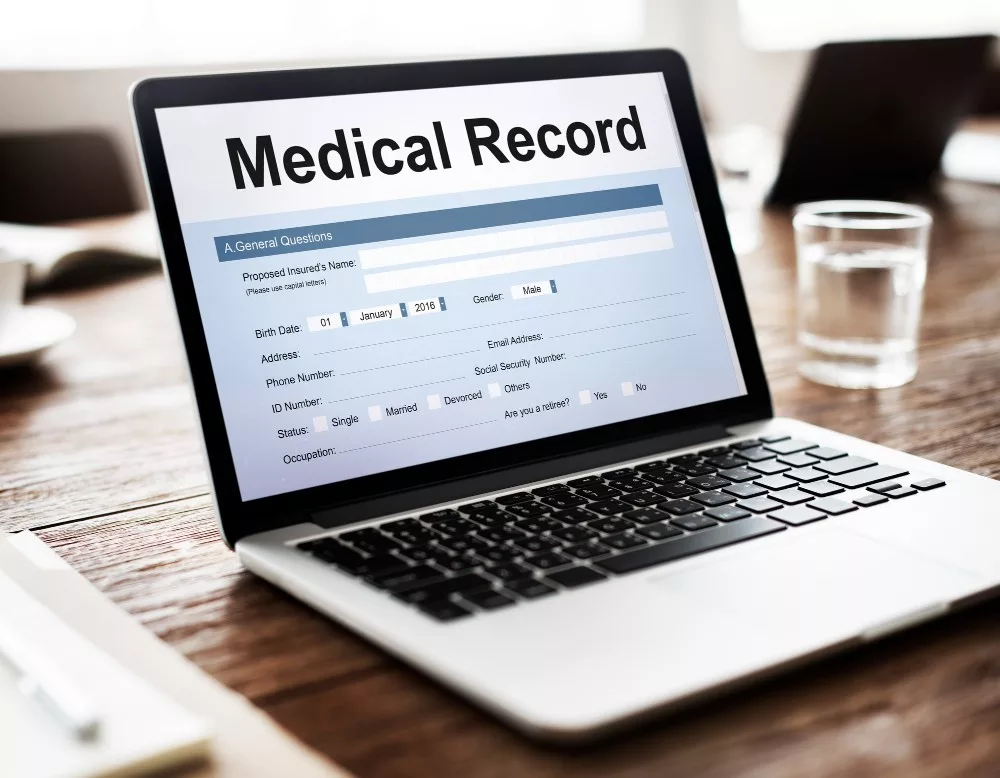
In the past, medical records from medical specialists, general practitioners and other health experts were kept in different locations. The use of electrical medical records has made it possible for patient histories, test results, diagnoses and any other relevant information to be stored centrally in an online location.
Online storage of data ensures easy access of patient records from any location, accurate data supply from the storage media, and easy storage and recovery of patients’ data. The use of medical billing systems has also made it possible for clinics, hospitals, and medical practices to run effectively.
According to recent research findings on bid data health care, use of integrated systems has led to improved outcomes in cardio vascular diseases. There has been up to $1 billion savings from lab tests and office visits.
Easy Accessibility of Health Care Advice
Telehealth services like video conferencing have been of great help in complementing different health care services. For example, during the COVID-19 period, telehealth use became more popular as it helped in prevention of the virus spread.
Telehealth is of great benefit especially to patients who live in remote, rural or regional areas and are in need of quick help from medical professionals who live several kilometers away. In most cases there will be nurses, medical practitioners, health workers or mid wives who will be physically in tough with the patient during teleconsultation to ensure all procedures are performed in the correct manner. The health care practitioners will offer personalized help to help prevent unnecessary hospital visits. Use of telehealth together with data analysis and predictive platforms will help in preventing a patients’ condition from deteriorating.
Helps in Increasing Mobility
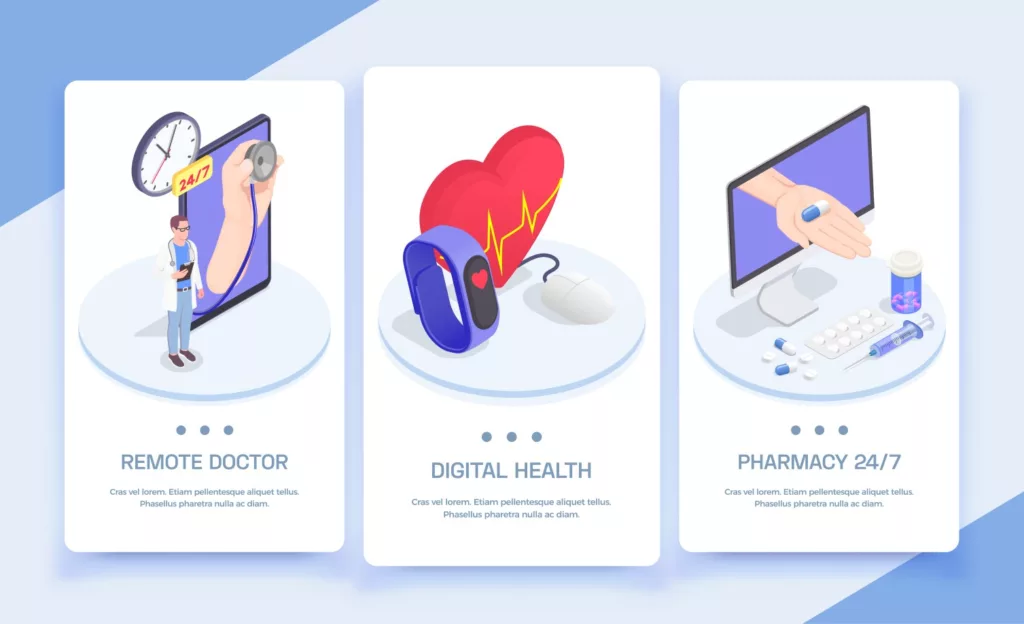
Through technology, several mobile software applications have been developed to help improve accessibility of health care experts and patients. The mobile applications enable patients to manage their health and wellbeing. The apps informs them on when to go for checkups or enable them easily find medical information or access their test results with ease online at any time of the day without having to book an appointment.
Since healthcare professionals will always not be in a single location, they can be in touch with their patients at any time of the day at any location through the mobile apps. The mobile applications also help in providing information relating to drugs, diseases and medication.
Helps in Improving Safety of Drugs
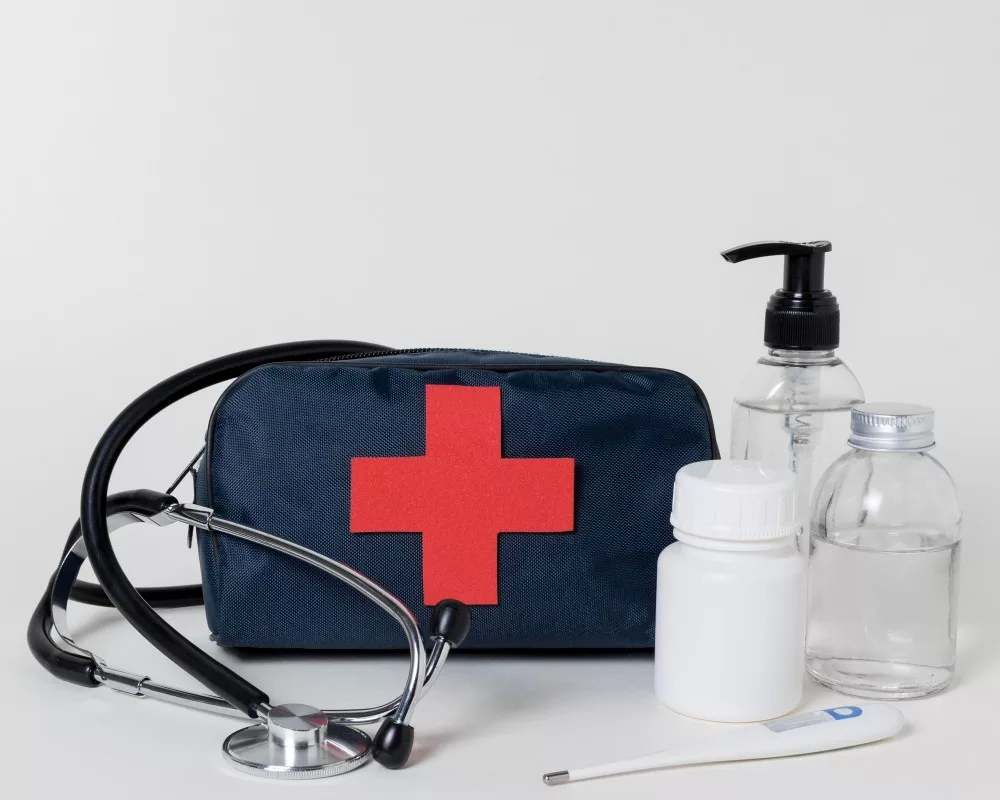
All providers strive at ensuring patients take the right medication right dosage at the right time. They also need to ensure the medication a patient takes does not interfere with other drugs in any other way. However, prescription errors are very common and can lead to adverse effects which can cause severe injury or even lead to death.
However, by use of patient care technology such as electronic prescription, there are reduced miscommunication between the patient, pharmacy and doctor. Use of this technology will also help flag patient medical records in case they have any allergy. Different healthcare technology brands are still developing highly connected devices that will help in ensuring medication of a patient is always to the right amounts and dosage.
Helps in Reducing Medical Errors

According to scientific studies published in 2013, preventable medical harm is capable of harming the lives of more than 40,000 people every year. According to the rankings by CDC, this can make preventable medical harm third most common killer in the United States behind cancer and heart diseases.
There are high possibilities of serious medication errors occurring when health professionals do not have enough information about a drug or patient. That explains why according to the American Society of Health System Pharmacists, almost every hospital is required to use an electronic health record management system.
Use of technology upgrades such as medical alerts, electronic prescribing and clinical flags will help in reducing medication errors and improve the safety of patients. For example, DrFirst an e-prescription company helps in reducing medical errors, ensuring price transparency and medication management.
Helps in Expanding Access to Care

Access to care is among the most common question that most health care leaders are trying to solve. Patients are in need of an easy to access and convenient care according to Healthcare Drive research findings. 51% of the patients did reveal access to care and convenience are some of the important factors whenever they are making a decision. Convenience desire will also play a factor in the growth of non-traditional care models such as telehealth. According to a survey conducted in 2019, physician adoption increased by 34% between 2015 and 2018. Back in 2015, 5% of the providers who were surveyed did use telemedicine which increased to 24% in 2018. Health systems are already anticipating huge demands from their customers.
Future of Patience Experience

Every patient will want to be sure that they are getting the best care for their money. That explains why most health care organizations are busy thinking about what their patient will care about in the future.
The use of Artificial Intelligence is among the most promising technologies in the healthcare sector. For instance, providers can use predictive analytics to enable them to be in a position to anticipate what their patients will require instead of reacting whenever new concerns arise. Back in 2019 June, IBM Watson Health announced studies showing progress in the use of AI in improving clinical decision making and cancer care treatment. According to one of the reports, machine learning researchers do believe by 2053 AI will outperform human surgeons.
Health Care Legislation and Regulation

Health Care Legislation and Regulation is an important aspect of the healthcare system as it helps in protecting and shaping the well-being and health of the entire population. The legislation impacts issues as fundamental as cost, access, delivery methods and privacy. It also involves regulations set by lawmakers on a national, state, or local level.
Regulation plays a critical role as it helps in protecting healthcare consumers from health risks, offering a safe working environment for healthcare experts and ensuring the welfare and public health are served appropriately. Regulation functions in every level and the regulatory standards are developed by either private organizations or the government.
Health Care Legislation and Regulation are important as they help in standardizing and supervising the healthcare system ensuring necessary facilities and bodies comply with the public health policies and that they offer safe care to all visitors, doctors, nurses and patients.
Health Care legislation and regulation agencies help in monitoring corporate and individual healthcare facilities and practitioners. They then update the government on changes in the manner the healthcare sector functions to ensure high safety standards. They also strive in improving the healthcare quality and follow state, local and federal guidelines.
Important Things to Know About Health Care Legislation and Regulation

It is important that every doctor or nurse is aware of the healthcare legislation and regulations. After all, they are all experts who take part in diagnosing, treating and taking care of patients. However, for those who do not look after patients, their job still affects delivery in the healthcare industry in one way. For example, if you are responsible for managing a physician office or responsible for electronic health records, or is you are tasked with scheduling appointments, preparing the exams rooms or working with patients in any way, it is important that you are aware of the health care legislation and regulations.
Health Care Legislation and Regulation Help in:
- Protecting Patients: Healthcare legislation and regulation help in protecting patients from fraud, abuse or mistakes. It also helps in protecting their rights like right to privacy or right to safety.
- Enables You Know What You Can Do and Cannot Do: Healthcare legislation and regulations help set boundaries of your position and roles. They inform you what you can and cannot do to ensure you do not cause harm to your patient.
- Standardize Care: It will never be right or fair for medical facilities to set their own rules. The care quality will differ from one office to the next or from one hospital to the next. By having a standard set of procedures guarantees that every patient will receive the right treatment.
Health Care Laws You Need to Know About

In this section, we will list some of the most common health care laws any healthcare practitioner should be aware of.
Health Insurance Portability and Accountability Act (HIPAA)
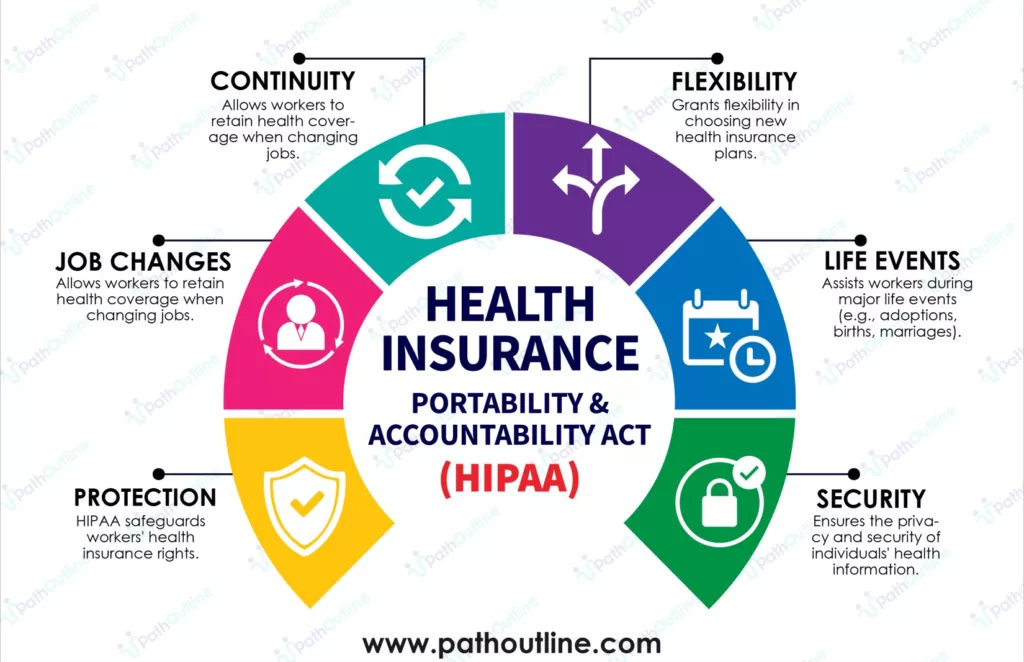
The Health Insurance Portability and Accountability Act helps protect workers as it allows them to carry their health insurance policies from one job to another. This act also permits the workers to submit their applications for select health insurance plans to help replace the lost coverage. It also helps in making adjustments for family changes like adoptions, births, and marriages
The HIPAA Act prevents insurers from discriminating against policy applicants due to different health issues. In certain instances, when an insurance firm denies workers applications, the worker can always apply for coverage outside the usual enrollment period. The act also helps in preserving the state laws that protect insurance rights.
Healthcare Quality Improvement Act (HCQIA)
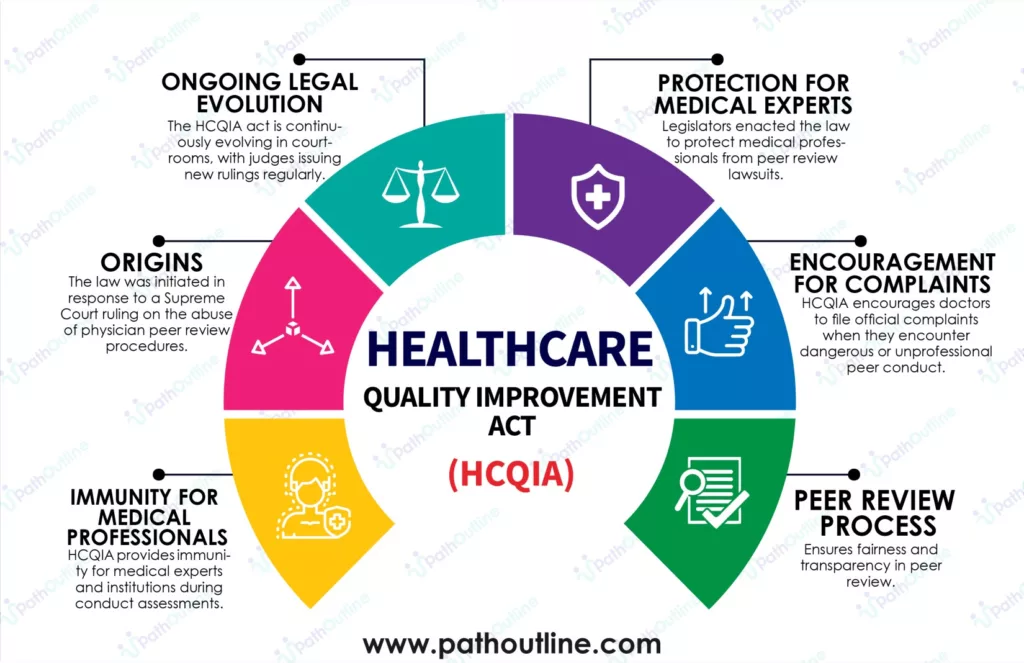
The Healthcare Quality Improvement offers immunity for all medical experts and institutions during conduct assessments. The law did originate due to a Supreme Court ruling on abuse of physician peer review procedure. The HCQIA act is evolving to date in the courtrooms with judges delivering new rulings every day. The legislators enacted the law to help protect medical experts from peer review lawsuits and encourage doctors to file official complaints whenever they receive dangerous or unprofessional peer conduct.
Medicare

The Medicare program offers insurance coverage for several citizens across the states. This is after President Harry Truman did rally the Congress in 1945 for funding to help insure US citizens. After 20 years, President John F. Kennedy did succeed in providing coverage for senior US citizens. According to the Congressional Budget Office, the program will survive indefinitely due to the sweeping spending reforms.
Medicaid
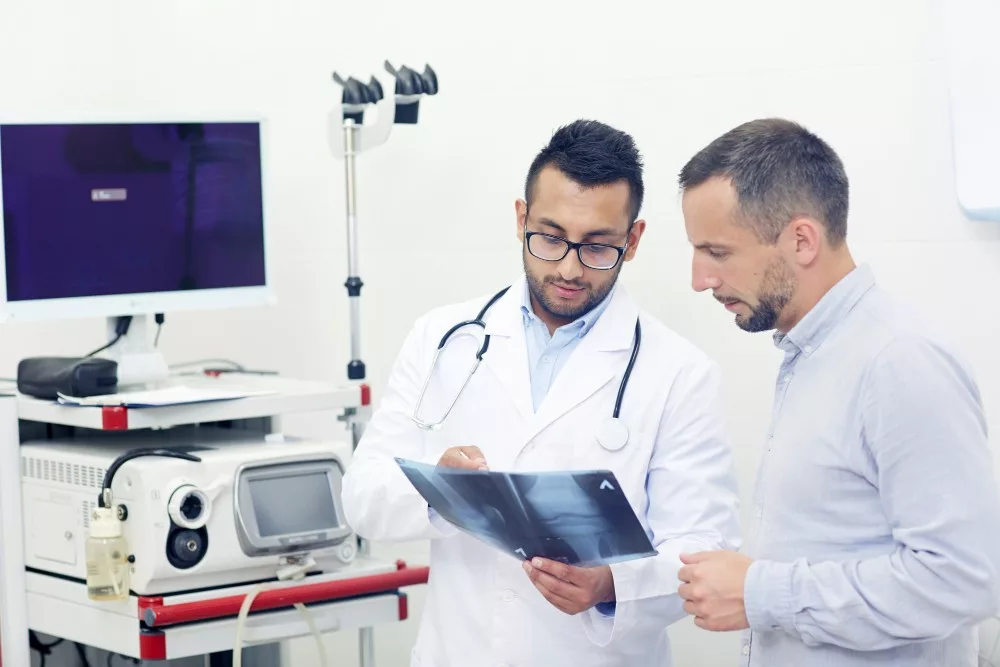
The legislation by President Johnson back in 1965 did include a provision to offer insurance to individuals who were on low income. Currently, Medicaid offers coverage to over 70 million people. Back in 2014, this program did refund hospitals up to 50% of all the expenses they incurred in medicals.
Medicaid covers different recipients like workers who are temporarily unemployed, expectant mothers who are uninsured, and disabled people. A new legislation has been put in place to help lower uninsured rate to below 9% which represents the highest rate of coverage in the history of the United States.
Children’s Health Insurance Program (CHIP)
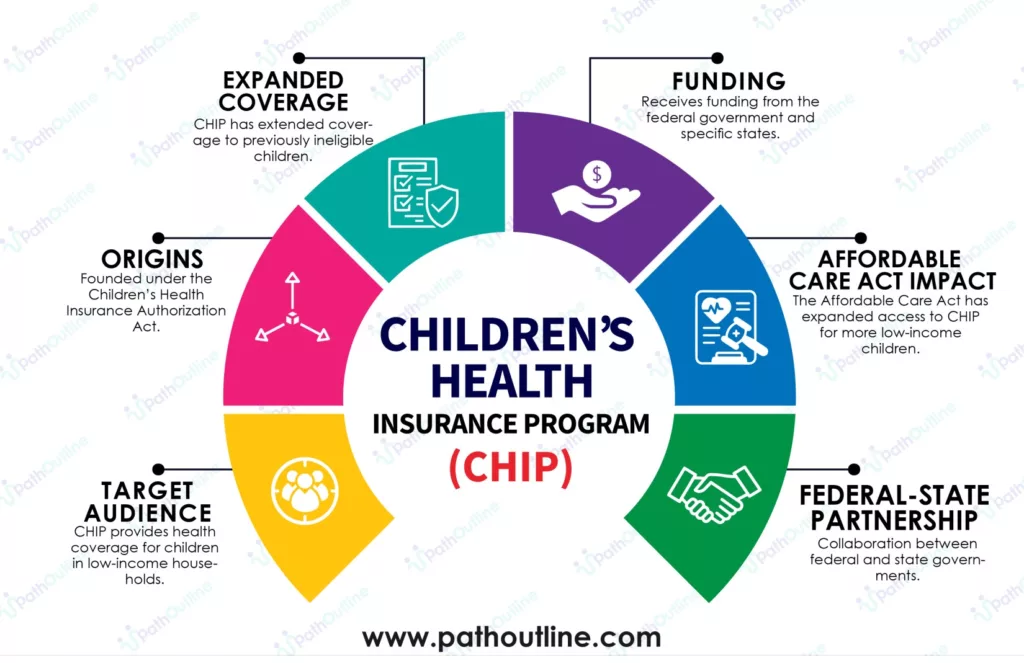
The Children’s Health Insurance Program had formed a strong foundation for delivering coverage of health to kids who are in households of low income. This program started with the Children’s Health Insurance Authorization Act and has managed to offer services to several clients who were previously disqualified. The program has a history of offering insurance to children who are underprivileged. It receives funding from the federal government and particular states. Currently, the Affordable Care Act has managed to make this service accessible to the highest number of children coming from low-income families.
Hospital Readmissions Reduction Program (HRRP)
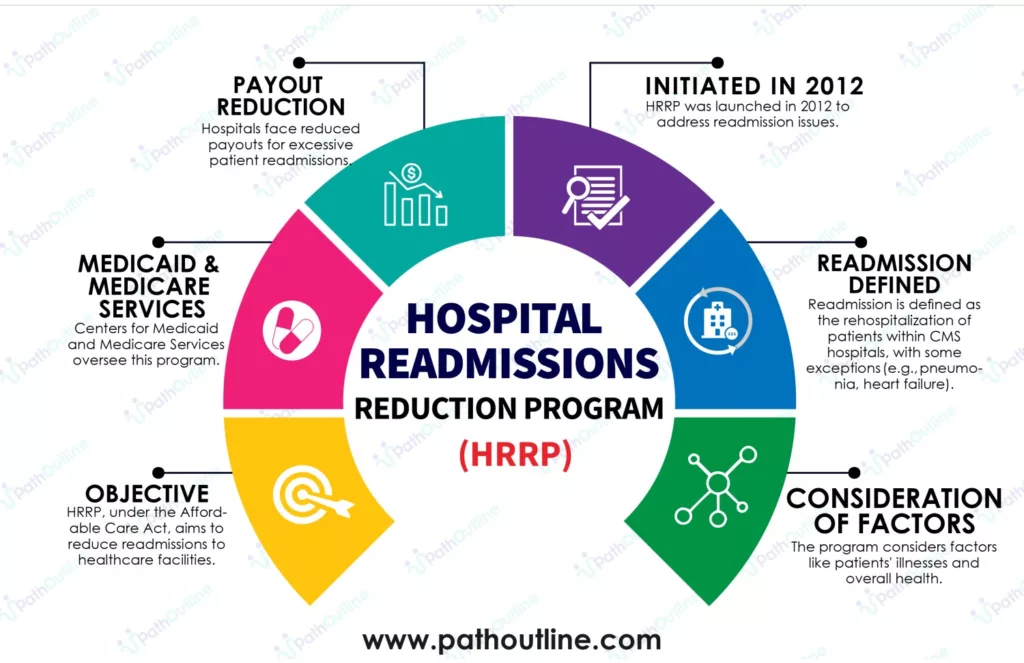
According to the Hospital Readmissions Reduction Program, the Affordable Care act drive will require centers of Medicaid and Medicare services to lower care facilities’ payout experiencing readmission of patients in excess. This program was started back in 2012 and describes readmission as repeat admission of patients among CMS hospitals which allows exceptions of particular conditions like pneumonia and heart failure together with other factors like illnesses and poor health.
Patient Safety and Quality Improvement Act (PSQIA)
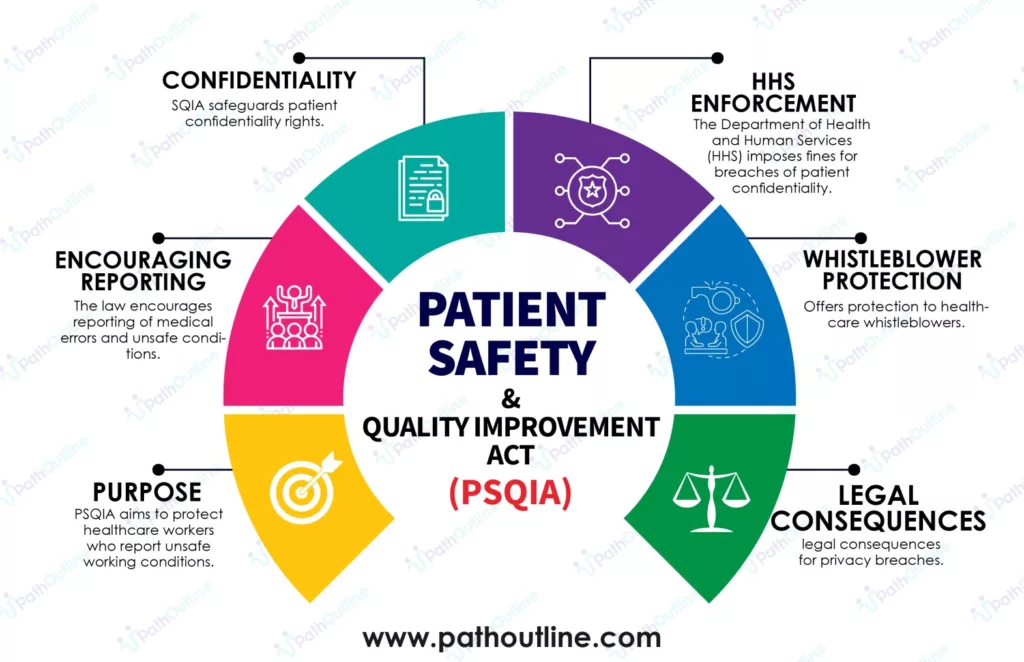
The Patient Safety and Quality Improvement Act helps in protecting healthcare workers reporting working conditions that are not safe. Legislators created the law to help encourage medical error reporting while protecting the confidentiality rights of patients. The HHS levies fines for any confidentiality breaches to help ensure patient privacy.
The law also gives permits the Healthcare Research and Quality agency to publish patient safety organizations lists that analyze and record safety data. The Civil Rights office enforces the law on all the health care facilities.
The 2010 Affordable Care Act

President Barrack did sanction the Affordable Care Act back in 2010. This act is a modified version of all the all-inclusive cover that has been imagined by different presidents since 1900’s. Affordable Care Act requires individuals to apply for health insurance coverage while levying penalty for any individual who fails to secure insurance. However, it makes exceptions for some protected groups.
In this Act, all enterprises that employ more than 200 workers have to issue health insurance cover. The act also formed Health Benefits Exchange where individuals are able to remove and make comparisons of different insurance plans. The Act provides health care experts the chance of taking part in shaping patient services delivery.
The medical field will receive benefits from inputs that help in delivering great services to the patient population which is continuously increasing while reducing health care expenses.
The Health Information Technology for Economic and Clinical Health Act (HITECH)

Health Information Technology for Economic and Clinical Health Act (HITECH) popularly referred to as the ‘teeth of HIPAA’ was enacted back in 2009. It is responsible for auditing healthcare providers to ensure they comply with HIPAA’s security and privacy requirements. This Act sets high information security standards offering financial penalties and security for healthcare providers and associated businesses just to encourage them to protect patient information properly.
Emergency Medical Treatment and Labor Act (EMTALA)
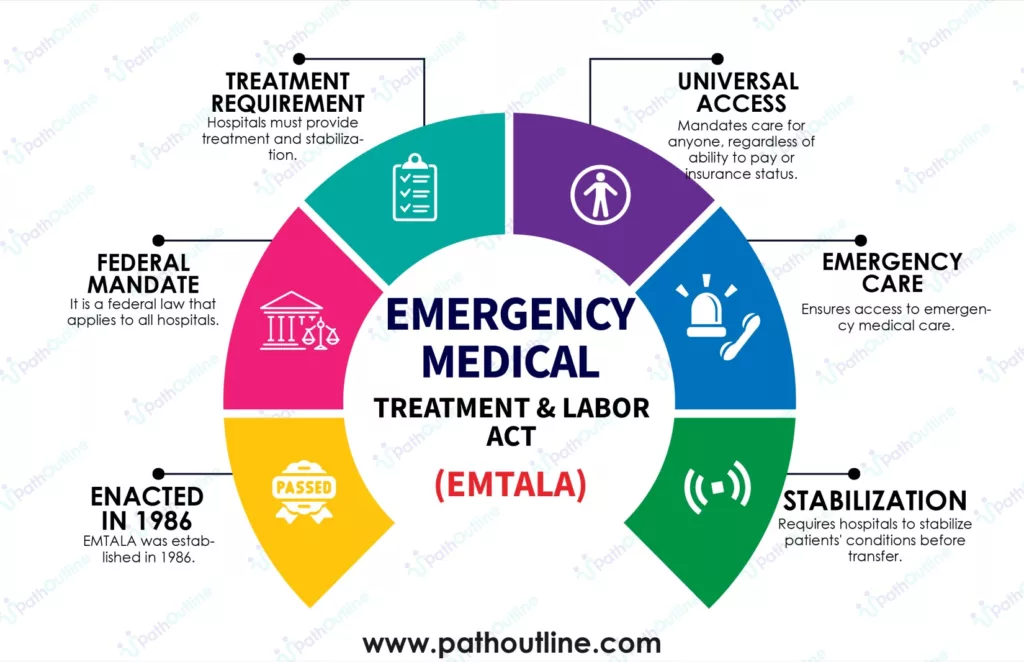
Emergency Medical Treatment and Labor Act were enacted back in 1986. It is a federal law that mandates hospitals to offer treatment and stabilization to any person visiting the emergency department regardless of their ability to pay or insurance status.
Anti-Kickback and Stark Laws
The Anti-Kickback and Stark Law is responsible for preventing intentional heath care system abuse for financial gains. The law helps prevent the exchange of any value for a referral or award in the healthcare program. Anti-Kickback and Stark Law violation is a crime. This law comprises of abuse and fraud laws prohibiting physicians from referring patients to other health care services paid for by Medicare to different entities where they have financial associations. Although this law is not a criminal statute, it does offer huge civil penalties.
Abuse and Fraud Laws

Healthcare providers are subject to different state and federal laws that prohibit abuse and fraud. Providers of healthcare are not in a position to issue fraudulent bills to government insurance providers or insurance firms like Medicare.
They can also recommend or prescribe unnecessary medications or procedures to help generate more funds or receive distributors’ kickbacks. They may not engage in acts of abuse or fraud or launder money. These are some of the regulation areas faced by healthcare officials. It is advisable that you contact a professional healthcare lawyer for assistance when you have a question concerning legal obligations, dealing with abuse or fraud allegations, facing an audit, or compliance requirements.
Environmental Health and Sustainability

According to research findings, having a healthier environment is capable of preventing up to a quarter of worlds illnesses. Stable climate, clean air, sufficient water, hygiene, radiation protection, sanitation, sound agricultural practices, chemical safety, safe and healthy work places are all important for an individual’s good health.
The research also discovered modifiable environmental dangers were responsible for up to 13.7 million fatalities every year. This accounted for 24% of deaths across the globe. It means close one quarter of all deaths across the world are because of different environmental factors.
Since there are several disease agents, exposure pathways and hazardous environmental circumstances, injuries and diseases do emerge. Communal diseases like cancer, chronic respiratory diseases and ischemic heart disease are some of the most non communicable diseases that come by.
Different types of pollutants in the environment are also capable of causing health issues like heart disease, respiratory disorders and certain cancer types. There are high possibilities of low income people living in polluted locations whose drinking water is contaminated. Pregnant women and children are more vulnerable to health diseases that are as a result of pollution. However, several health issues and deaths can be prevented by enacting environmental health laws and policies.
What is Environment Health?

Environment Health refers to a subset of public health dealing with all build and natural environment components that can have an impact on human health. Environmental public health and protection is important to the discipline of the environment.
According to World Health Organization, environmental health is human health and diseases characteristics that are influenced by different environmental health. Environmental health refers to the management and evaluation of different environmental elements that can affect an individual’s health.
A person’s wellbeing and health can easily be influenced by the environment either directly or indirectly. Environmental health can also be defined as the study of how the environment affects our health. It is a research branch responsible for investigating how the environment affects different human diseases and health.
Environmental Health Components

There are several environmental health issues that can harm human health. The five most essential health issues include:
Sanitation and Water

According to recent research findings, close to 784 million households are without access to clean drinking water. Lack of access to potable water is a major health hazard that can have a severe impact on the ecosystem especially when individuals decide to take measures to secure supply of water.
Radiation and Chemicals
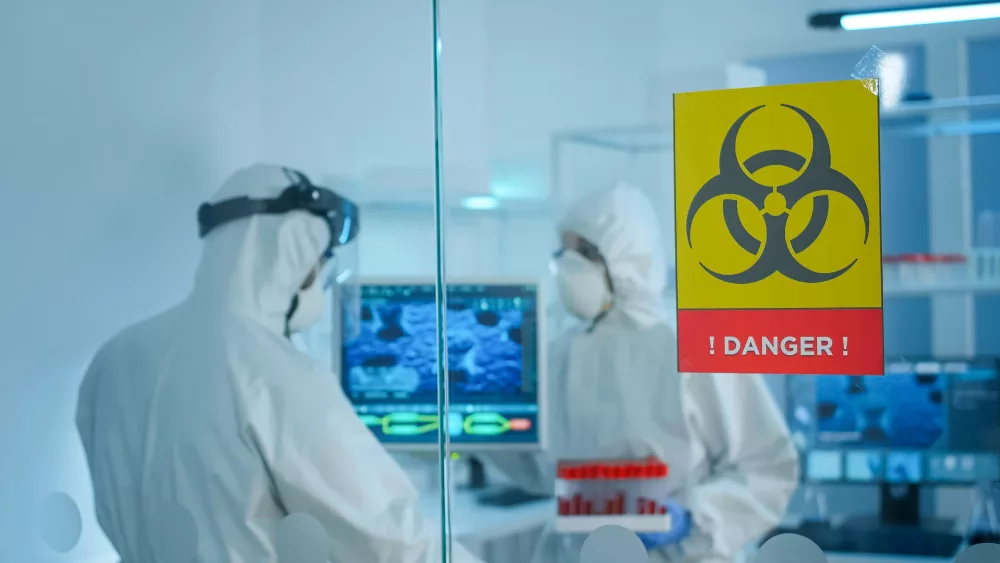
Radiation, toxins and toxic gases are available everywhere. They are capable of causing harm both to the environment and humans. Farmworkers together with their families are in most cases exposed to diseases that are pesticide induced like cancer and asthma.
There are toxic gases, radiation, and toxins everywhere. These substances are capable of harming both the environment and human health. Most of the farmworkers together with their families are at times exposed to pesticide induced diseases like cancer and asthma. According to recent research findings, exposure to agricultural pesticides is capable of increasing brain cancer risk by close to 20%.
Air Pollution

Poisonous gases are harmful to the animal life, plant life, and the respiratory system of humans when they are released into the environment.
Poisonous gases can come from industrial waste, fossil fuel burning, power plants and industries, and natural disasters like wildfires and volcano eruptions. According to research, close to 85% of US energy comes from the industrial combustion of fossil fuels. This accounts for close to half of the entire pollution in the country. There are industrial facilities and several automobiles which are among the other factors that contribute to the drop in air quality on the planet.
Natural and Man Made Ecosystems

Human safety and health are reliant on a safe and healthy shelter especially in terms of air quality indoors. However, lots of developments can be dangerous to the ecosystem. There are several unnecessary wastes that are a result of poorly designed environments.
Climate Change

According to recent scientific research findings, climate change is a major threat to humanity in the 21st century. Climate change is capable of disrupting the natural world in several harmful ways. All natural calamities are also in this category. According to the World Meteorological Organization research findings, intense weather and climate change are some of the main factors that have increased the number of disasters.
Reasons Why Environmental Health is of Great Importance
We always hear about environmental threats on a daily basis. It does not matter if it affects pollution, deforestation or climate change; the cycle is always full of apocalyptic sounding events. Figuring out what all this means can be quite difficult and overwhelming since every aspect of existence is always influenced by the environment.
In this section, we will be taking you through some of the reasons why environmental health is of great importance.
Helps in Improving length and Quality of Life

Most of the people working in an office atmosphere will never consider how the environment influences people’s careers and lives. However, the environment is of great importance to billions of people across the world. For example, when we use forests we can conclude that they offer shelter, food, medicine, and several other benefits to over 1.5 billion people across the world.
Several people turn to woods whenever their crops fail. According to recent researches, agriculture is a source of living to over 2 billion people which is approximately 27% of the entire population. Other 3 billion people depend on the ocean waters for their survival. Protection of the environment can lead to the creation of several jobs across the world together with playing an integral part in poverty reduction.
According to International Labour Organization research findings, moving to greener economies can result in the creation of 24 million extra employment opportunities by 2030. Most people do believe that moving to green energy and using sustainable practices more will make more people poor. However, the truth will be when green jobs replace the traditional jobs. According to this statement, there is no overstatement to life length and quality improvement.
Life expectancy and quality will improve when all the basic requirements for human life like shelter and food are well maintained and met. Impact of environment on life expectancy in 24 different African countries was investigated in a research study. According to the research findings, increase in the environmental performance index together with the ecosystem vitality led to an increase in the life expectancy of the Africans by 0.1417.
Protects Habitats and Increases Biodiversity

According to scientific findings, up to 22 species we found to be extinct in the United States by 2021. It means biodiversity plays an important role in survival of the ecosystems together with the animal species. Raising the environmental health awareness will help to safeguard the animals and plants around.
Diverse Environment Helps in Strengthening Food Security

There are several negative repercussions in biodiversity loss. A major repercussion is drop in food security. The remaining plants and animal species in the world are increasingly becoming more vulnerable to pests and diseases due to species loss. This has led to diets becoming less healthy while increasing the risk of disorders related to the diet like diabetes and heart disease. Protection of natural areas like oceans and woods guarantees enough nourishment for all the living creatures.
Drop in Disease Risk
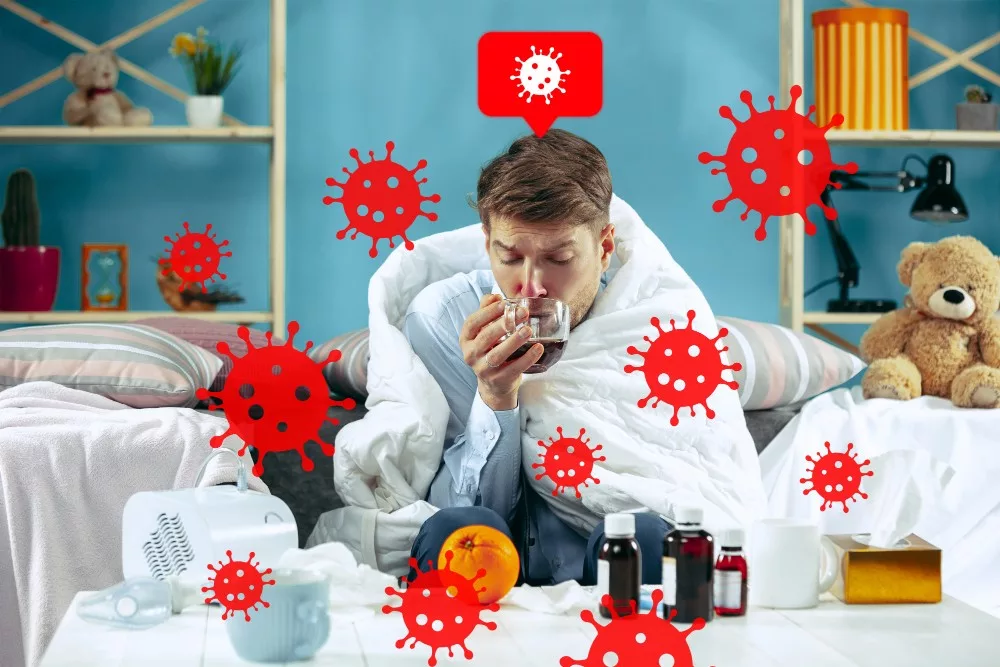
Hazardous microorganisms and infections such as covid-19 pandemic can have devastating effects to human health. However, creating environmental health awareness will help in avoiding such types of disease outbreaks and reduce illness burden. According to research statistics, most of the major cause of disease spread is humans’ encroachment onto the animal species’ territory. The research states animals are responsible for close to 60% of human infections. The COVID-19 pandemic whose cause was mainly from birds did spread across the entire globe within a short time. There is also the bubonic plague that managed to wipe out close to 1/3 of Europe’s entire population.
Trees Help in Cleaning up the Air

Air pollution is a major concern for every community across the world. According to recent health research, 9 out of 10 people breathe in polluted air. The air has a negative impact on their health. Some of the negatives the air brings are diseases like Parkinson’s and Alzheimer’s, developmental delays and behavioral issues. Polluted air also causes the deaths of up to 7 million people every year. However, trees are great at filtering pollution. They help in removing carbon monoxide, nitrogen dioxide and sulfur dioxide from the air and in return release oxygen.
High Percentage of Kids are being Killed by Unhealthy Environment

There are different environmental factors that lead to a huge number of babies and kids mortality. Among the several issues are clean air and clean water. According to recent research findings, up to 1.4 million kids die due to waterborne diseases. There is a need of having health conditions and basic rights like water and clean air to help save a child’s life.
Healthy Environment as a Medication Source

Most of the top medicines do originate from nature. For example, chemicals from pacific yew tree did help in developing two chemotherapeutic medicines. Most of the scientists and pharmaceuticals are always looking for better and new medications in the environment. However, recent scientific researchers estimate close to 15,000 medicinal plant species are on the verge of extinction. Human are most likely set to lose lifesaving medicines if these medicinal plant species extinct.
Nature Helps in Improving Mental Health
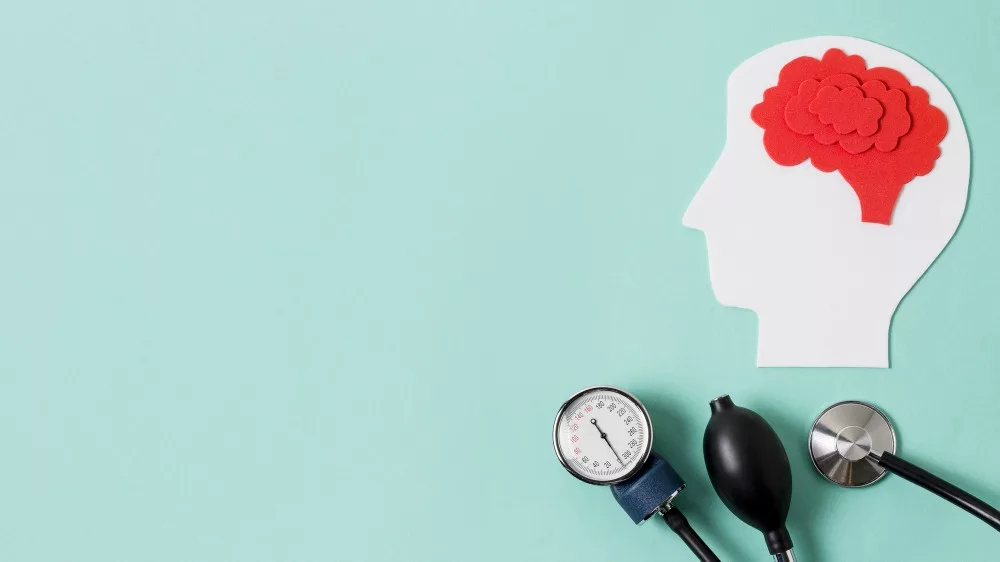
Mental health is always an effect of lifestyle, genetics, environment and relationship. For quite some time, scientists have been examining the impact of nature together with green spaces on mental health. The findings reveal significant benefits.
According to a review published by Current Directions in Psychological Science back in 2019, green spaces close to schools do promote cognitive development and offer better self-control in kids. Another study by Science Advance did discover that being in nature has a close relation to increase in well-being, pleasure and sense of purpose.
Ensure Global Warming is at Minimum

It is quite impossible to avoid the gradual increase in global temperatures. However, there are essential procedures we can always follow to help slow things down and get new solutions. Humans are the main cause of climate change. According to the IPCC’s sixth assessment authors, the past decade was the hottest in the entire human history. Most of the individual weather occurrences can be linked to humans as the cause of climate change.
It is quite difficult to overstate the impact of climate change in the environment. Animals, humans and plants are all threatened by droughts, diseases and severe weather conditions among other things. There is a high possibility of the environment becoming uninhabitable when fossil fuel emissions are not reduced.
According to recent research findings, almost every increase in greenhouse gases in the environment in the past 150 years has been due to human activities. The research also reveals that close to 1/3 of all the greenhouse gas emissions can be tracked back to just 20 fossil fuel firms. However, companies and organizations are capable of improving environmental health and reduce their impact on global warming by reducing industrial emissions and waste.
Environment Caring Helps in Saving the Planet

It is quite difficult to feel despondent in the face of different climate change and environmental tragedies. However, it is not possible to be hopeless and there are several answers which can be implemented now. It will make a huge difference to protect both animal and plant species and help in conserving the healthy green spaces and reducing emissions. Humans are able to conserve the earth for future generations by taking good care of the environment.
